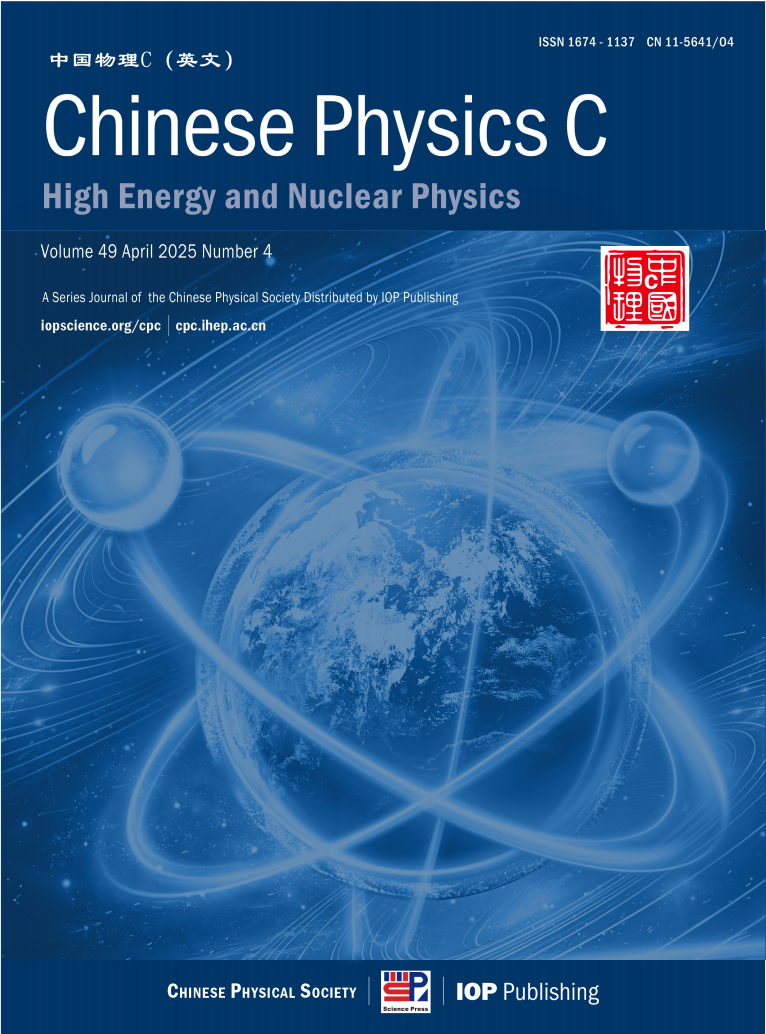Cover Story (Issue 6, 2024) | Recent development on critical collapse
Author: Prof. Zhou-Jian Cao (Beijing Normal University)
The discovery of the critical phenomena in gravitational collapse by Choptuik is a breakthrough in numerical relativity. Choptuik studied the implosion of a massless scalar field in spherical symmetry. There are two extremities in this model. At the first extremity, when the initial value of the scalar field is weak enough, the field bounces at the center and then is dispersed to infinity: a flat spacetime remains. At the other one, when the initial value is strong enough, the field will collapse to form a black hole. Critical collapse occurs in the intermediate case between these two extremities. Analytic expressions are very important for understanding the dynamics of gravitational collapse. However, the high nonlinearity of the Einstein equations makes it very challenging to seek the analytic solutions to collapse.
In a recent article [1], the authors studied the dynamics of critical collapse of the same model as worked with by Choptuik. Approximate analytic expressions for the metric functions and matter field in the large-radius region were obtained, agreeing well with the numerical results.
It was found that, in the central region, owing to the boundary conditions, the equation of motion for the scalar field is reduced to the flat-spacetime form. Specifically, the smoothness requirement at the center makes the first-order derivatives of the metric functions with respect to the areal radius asymptote to zero. Consequently, the terms related to gravity in the equation of motion for the scalar field are negligible. It is true that the Ricci curvature scalar in the central region can be very large. However, this quantity is mainly attributed to the second-order derivatives of the metric functions and other terms, rather than to the first-order ones.
References:
[1] Jun-Qi Guo, Yu Hu, Pan-Pan Wang, and Cheng-Gang Shao, Chinese Physics C 48, 065104 (2024). [arXiv:2307.04372 [gr-qc]]













